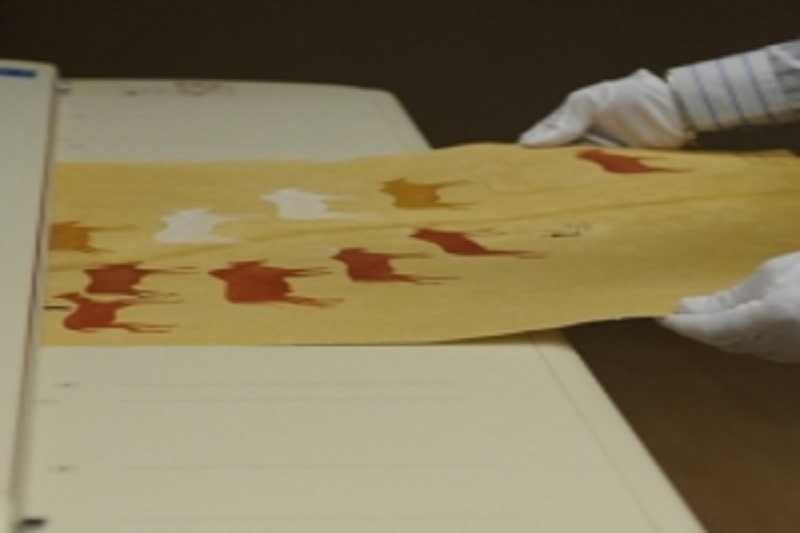
The University of Western Australia led a collaboration that included all five Western Australian Universities, the WA State Library and the WA Museum to establish a world-class, archival-quality Digitisation Centre.
About the Centre
According to a recent press release, the Centre will create a digital record of significant humanities, arts and social sciences collections held by participating institutions.
An Australian Research Council Linkage Infrastructure and Equipment grant worth AU$ 1.1 million made the project possible.
The fund helped preserve Australian culture and history, particularly indigenous artefacts, for years to come.
Previously publically unseen items such as archaeological seeds, archival documents on the Women’s Rights Movement, and ethnographic films will soon be available online in digital format to guarantee their longevity for future generations.
Furthermore, the Centre will have the capacity to digitise all significant cultural artefacts and research collections held by participating institutions within a decade.
Benefits of Digitisation Centre
UWA Professor Benjamin Smith, who is leading the project, shared that the Digitisation Centre would allow people to view images and information from all over the world.
The digitisation of cultural artefacts will make them publicly available and accessible, perhaps for the first time for the items that are too fragile to be handled or transported.
At present, these are not available online and are mostly accessible only to the small number of local researchers able to visit these collections.
The first phase of the project will target a set of legacy collections within three broad themes. These are:
- ‘Archaeology’
This includes rock art recordings; archaeological seed, charcoal, stone implement type specimen collections at UWA and the Western Australian Museum.
It also has the archaeology of first European WA settlement collection held at Notre Dame University.
- ‘Ethnography’
This includes objects from the Berndt Museum, one of the most significant Indigenous ethnographic and art collections in Australia, and the Blacking Collection of Indigenous African Music, both at the University of Western Australia.
It also includes the Alpers Melanesian Film Archive at Curtin University, which contains some of the earliest ethnographic film recordings from that region.
The Nonja Peters collection of migrant cultural heritage artefacts from Edith Cowan University is also included.
- ‘The Development of Western Australian society’
This includes the papers of the John Curtin Prime Ministerial Library; archival documents relating to the Women’s Rights Movement from the Irene Greenwood Collection and the Atomicalia Collection of objects from nuclear test sites held at Murdoch University.
The Early Western Australian Map Collection and the Summerhayes Architecture Collection at Curtin University are also there.
The ECU Art Collection, the Historic Costume Collection and the Audio Collection of the Western Australian Academy of Performing Arts from Edith Cowan University are also part of the collection.
The Oral Histories Collection at the State Library; and the Historical Furniture Collection at the Western Australian Museum can also be found in the collection.
The next steps will be to establish a lab in the Barry Marshall Library at UWA with specialist equipment to record digital images by July 2020.
















